Mussolini famously boasted that the Italian army had eight million bayonets standing at the ready. In actuality, the standing Italian army was far smaller than that, with huge numbers of troops conscripted into a war they neither believed in nor understood. The fighting ability of units of the Italian army varied greatly, with much of the rank and file lacking proper equipment, transport and even motivation. Still, there were several key battles in North Africa and the Eastern Front where they performed well.
Camicie Nere (Blackshirts) Militia
The Italian infantry division was unique for the era, making use of a ‘binary’ structure (prior to the North African Campaign prompting a reorganisation). Two regiments made up a division, rather than the usual ‘triangle’ or ‘square’ shape utilizing three or four divisions respectively. Several infantry divisions also had two battalions of Blackshirts attached to provide a political, fascist element to the regular army.
The MVSN or Milizia Volontaria per la Sicurezza Nazionale (Voluntary Militia for National Security) was made by the Fascist Party into a paramilitary organization similar in concept to the German SS. The rank and organizational terminology used by the MVSN was very close to that of ancient Rome, with legions, centuries, cohorts, maniples and so on. Mostly concerned with territorial security and counter-partisan activities, in wartime the Camicie Nere were organized into ‘assault legions’ that were fielded alongside regular army infantry divisions to reinforce them and as a way to ‘politicize’ the Regio Esercito.
The quality of these militia units varied immensely, ranging from barely trained village bullies to veterans of the Spanish Civil War and highly motivated ‘Giovani Fascisti’ (young fascists).
Equipment
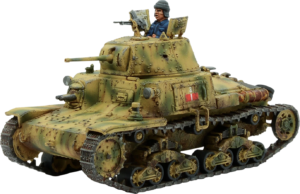
Initially, the standard rifle was the Carcano Model 1891 as used in World War I. A shortened version was introduced in 1941 (the M91/41); this along with the M38 Carbine, was intended to replace the M1891 – the shorter barrels being far more practical for the infantry to carry and manoeuvre. These latter two weapons are represented in our new plastics. Also represented is the M91/38 cavalry carbine – typically issued with a fixed rear sight (set to 200 metres) and a folding bayonet. The excellent 9mm Beretta M38 was the standard sub-machine gun. The Italian light machine gun – the Breda Model 1930 – suffered from a slow rate of fire, the same small calibre ammunition as the squad’s rifles, and a mechanism prone to jamming and breakage.
The Sprue
The Italian uniform changed several times during the course of the war and we chose the pattern that could best represent a wide array of troops, at different times during the war, and in different theatres of operation. At 28mm scale, these are ideal to represent M37 or M40 tunics. We have also included the Camiciotto Sahariana pullover smock for added variety.
Weaponry includes the M91/41 rifle, M91/38 Carcano Cavalry Carbine, M38A Beretta SMG, M38 Carcano carbine, M1934, 9mm Beretta pistol and Breda M30 LMG. A wide variety of headgear for the Italian Army and Blackshirts are included – M33 steel helmets, Bustina cap, M1935 pith helmet, Blackshirt soft fez & Blackshirt hard fez. Not only that but the sprue contains masses of optional extras such as two types of gas mask bags, goggles, bayonets, combat knives and more!
Pre-Order the new plastic kit from Saturday 9th October. There’ll also be a number of army bundles available, getting you battle ready whether in defence of the Soft Underbelly of Europe, in the Western Desert, the Balkans campaign or wherever the Italian Army fought in WW2.
The Future
As you may have seen in our Open Day Reveals article, there’s a whole lot more to come for Italian Bolt Action players, with a total revitalisation of the range and a plethora of brand-new kits including Guastatori Assault Engineers, San Marco Marines, Eritrean Colonial troops and a whole flurry of armoured vehicles and weapons teams.
Meanwhile, in the very near future, the first of our Campaign Italy books, Soft Underbelly, will find its way into the hands of the ever-enthusiastic Warlord Community. With units, theatre selectors and scenarios for players of British (Commonwealth), United States, German and, of course, Italian Armies, this is an essential volume that’ll expand many a Bolt Action players’ theatre of campaigning. For a little more detail of what you’ll find within, look no further than our preview article.
Remember that by pre-ordering the campaign book, you’ll receive a special edition miniature that will not be available otherwise – Major General Enrico Francisci.
Get Prepped!
Italians in Bolt Action present some interesting ideas. Their vehicles, while outmatched by many of their opponents, are quite capable of taking on infantry and light guns. Their infantry provides lots of flexibility and (soon to be expanded upon) modelling opportunities, as well as interesting challenges during gameplay. From the elite Motociclisti or motorcycle troops to the untested and inexperienced infantry sections, the Italians are a distinct presence on the Bolt Action Tabletop. Grab these essential volumes to get planning your Italian campaigns in preparation for the new kit:
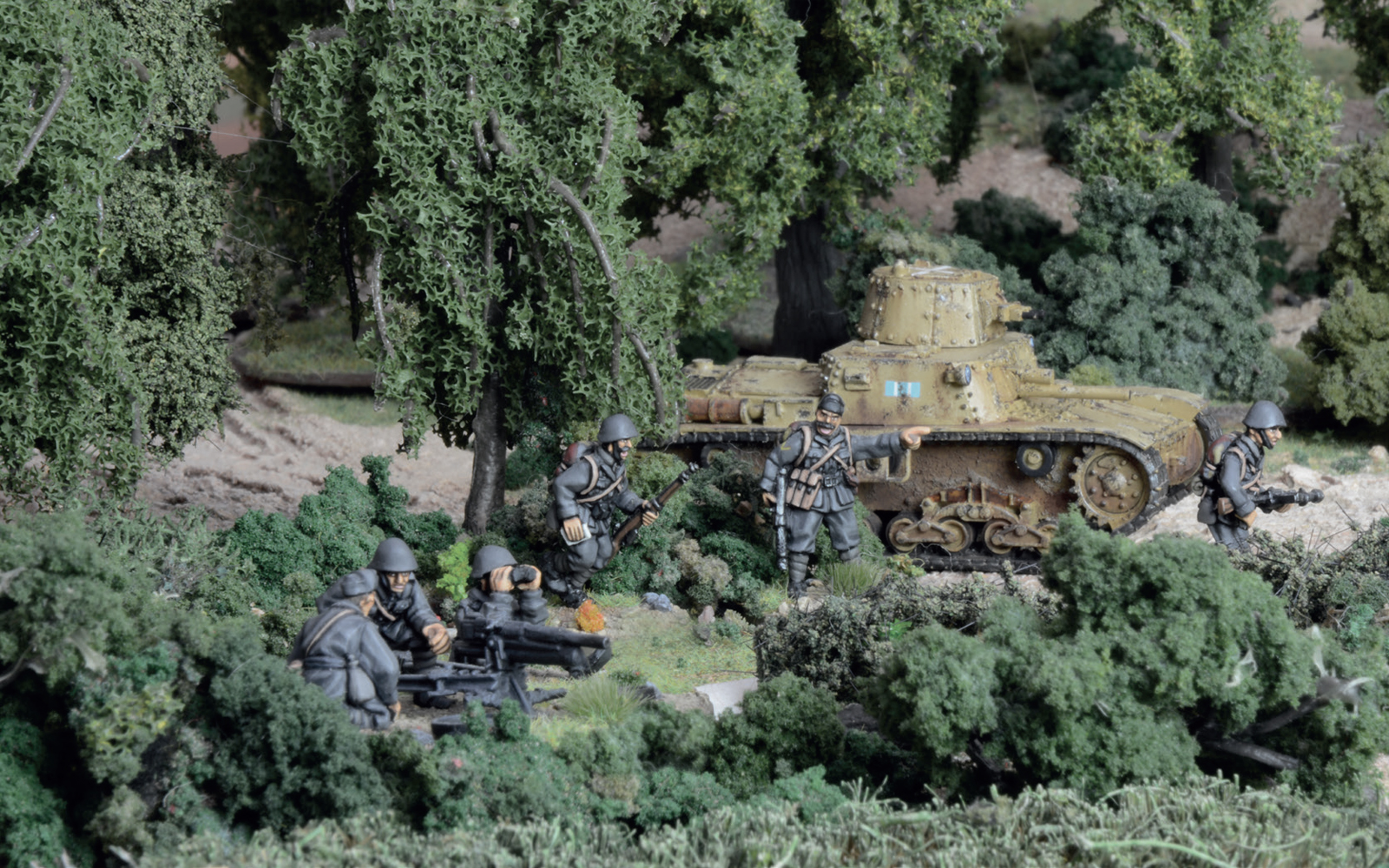
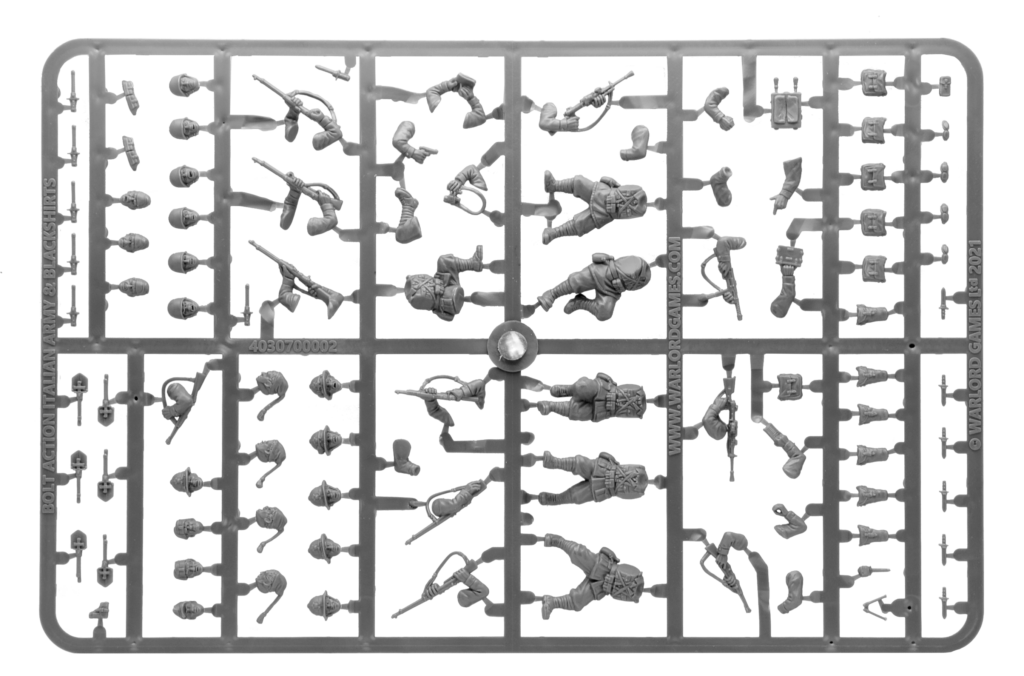
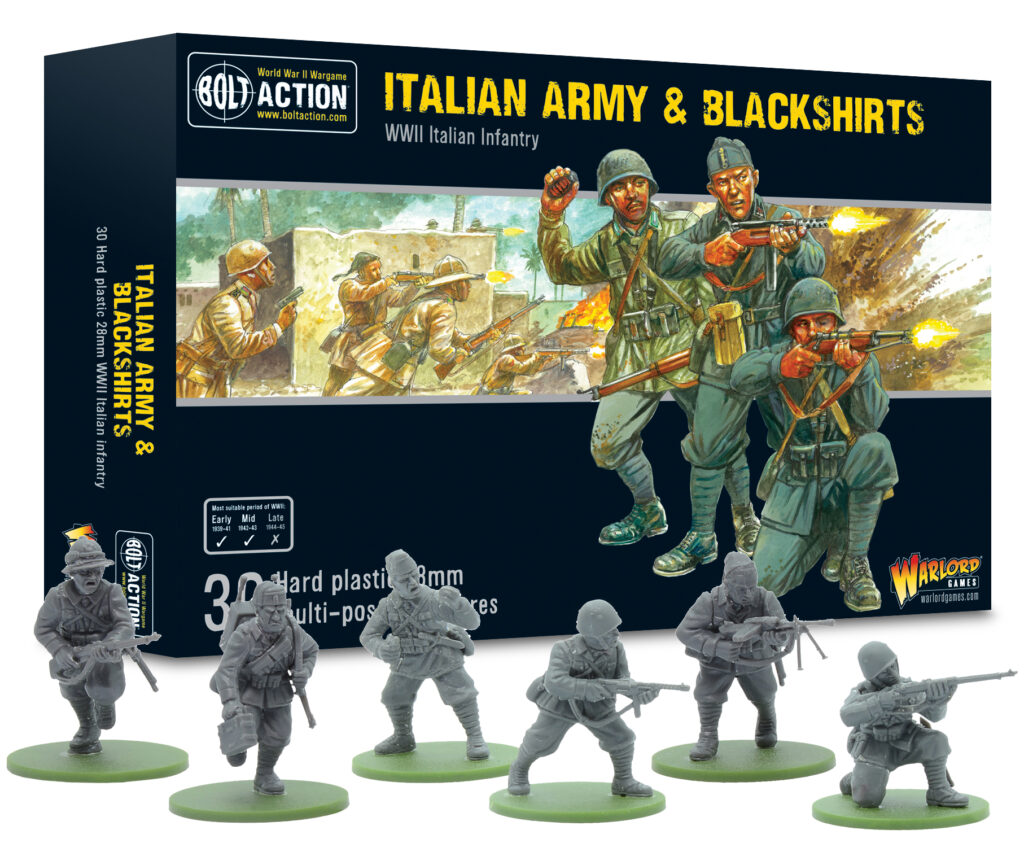
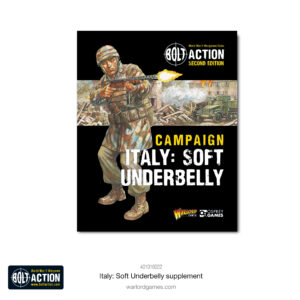
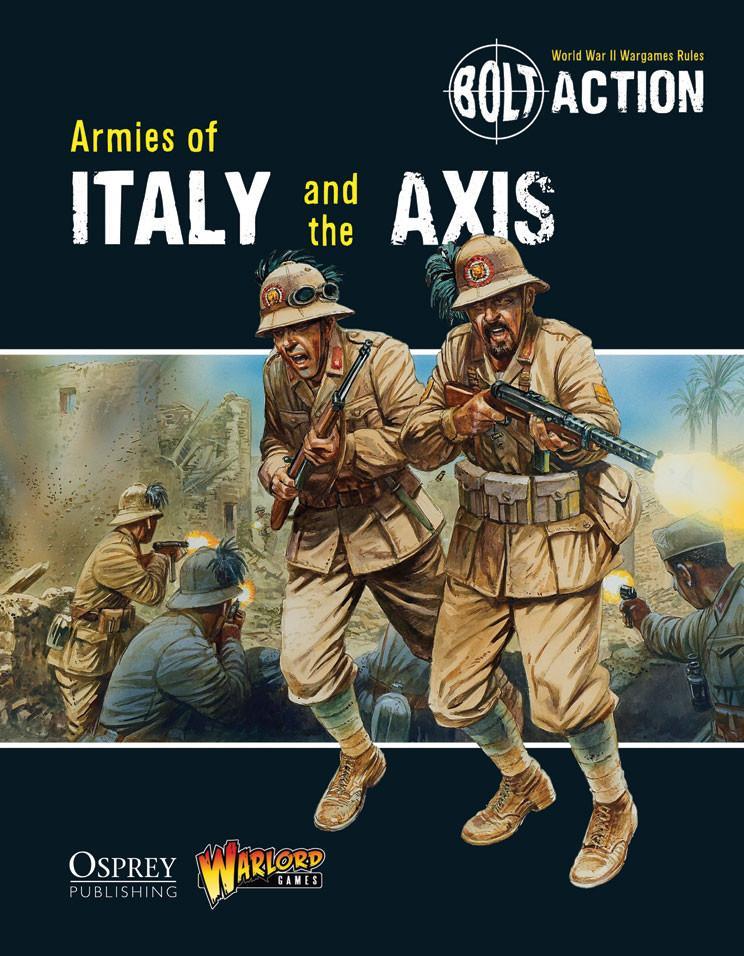
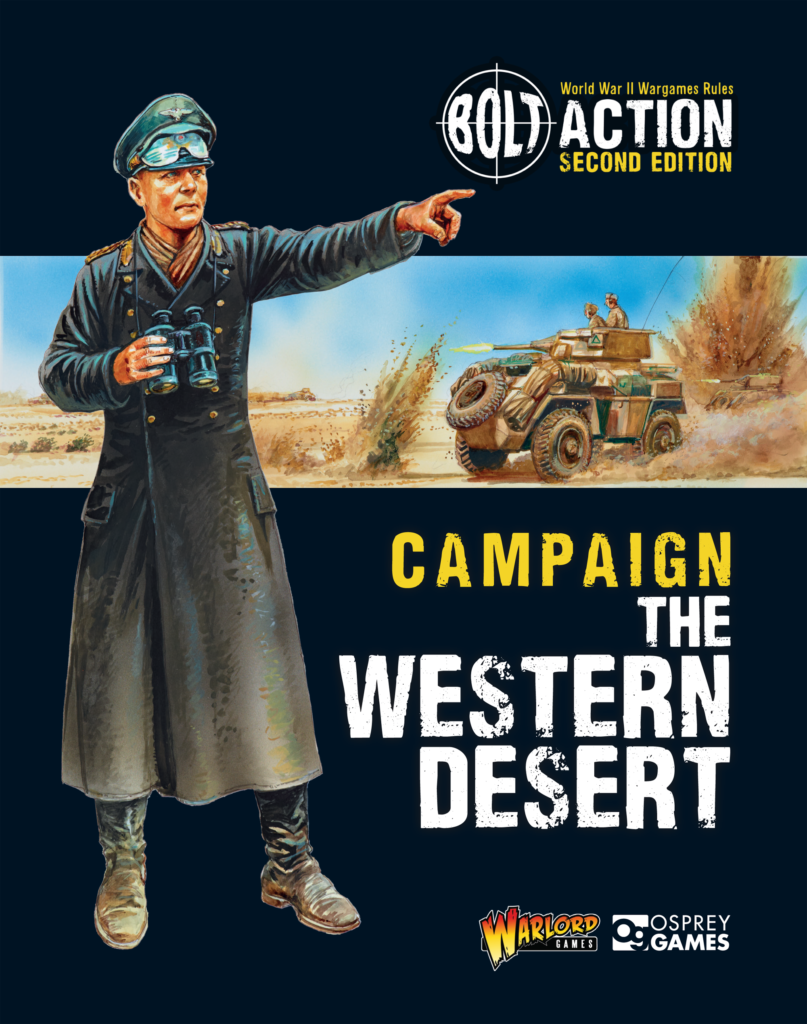
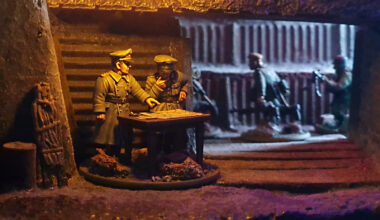
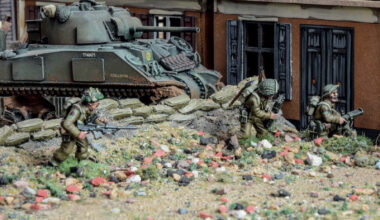
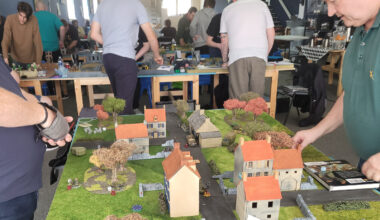
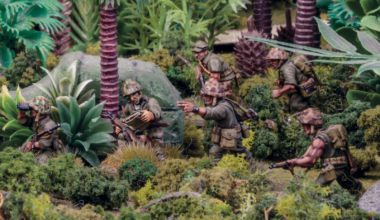
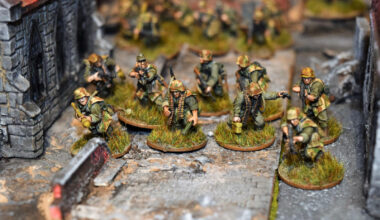
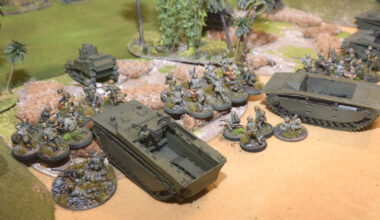
9 comments
Great article! I can’t wait! I’ll be one of the first in line to preorder on Saturday! It really looks like this set has a ton to offer in terms of use in different theatres; I love that there are a large selection of weapon options!
A few minor nitpicks in the article, though…
(1) In the description below the tank, it says it’s an M13/40. That’s not an M13/40, however, it is a Semovente da 75/18. They use the same chassis but it’s two different tanks. The 75/18 is widely considered to be one of the best tank destroyers of the early war and had the Italians made more of them, things might have gone a little differently in the desert! Nothing the British had initially could outgun it.
(2) I think you meant to write “Two regiments made up a division, rather than the usual ‘triangle’ or ‘square’ shape utilizing three or four REGIMENTS respectively” instead of ‘divisions’.
(3) Probably worth mentioning that the Carcano M91/41 (the version included in this set) is a shortened version of the M1891 Carcano and was so named as it went into production in 1941 which, along with the M38 Carbine (also included in the box) were meant to widely replace the frontline M1891’s.
(4) The most widely recognized rifle of the Italian army and specialized forces was the Carcano M91 Moschetto Modello or as it’s better known, the Cavalry Carbine with a spring-loaded folding bayonet that attaches just under the muzzle and activates with a little switch or button (later models). It was so recognizable and culturally significant to the Italians, they even had non-firing (for obvious reasons) replicas made for children. And troops were even intentionally armed with them for newsreels. Thankfully, it looks like two are included in the boxset as well!
Anyway, thanks again for the article and the news!
Thank you for both your kind words and suggestions – which I have been only too happy to implement!
Cheers, Dan!
Puzzled, image of a Semovente but captioned as a M13/40 tank.
And yes, I know you can build either from the plastic kit.
Well spotted. Image corrected. Thank you.
I just want to know for future expenses and projects, are the San Marco marines going to be in plastic 30ish man boxes or metal that I will pass on?
The San Marco Marines are metals.
Will there be any Savoians? (Cavalry)
I have looked all over for them.
I miss some figures in shorts, short sleeves and short boots instead of putties. They also used them in North African Campaign. In fact, that was the main italian army theatre of war, since Mussolini wanted to build his new “roman” empire over that area. The other campaigns were secondary for him, and just for pleasing Hitler.
Anyway, very nice additon for an often left aside and full of cliché army and performance.
Comments are closed.